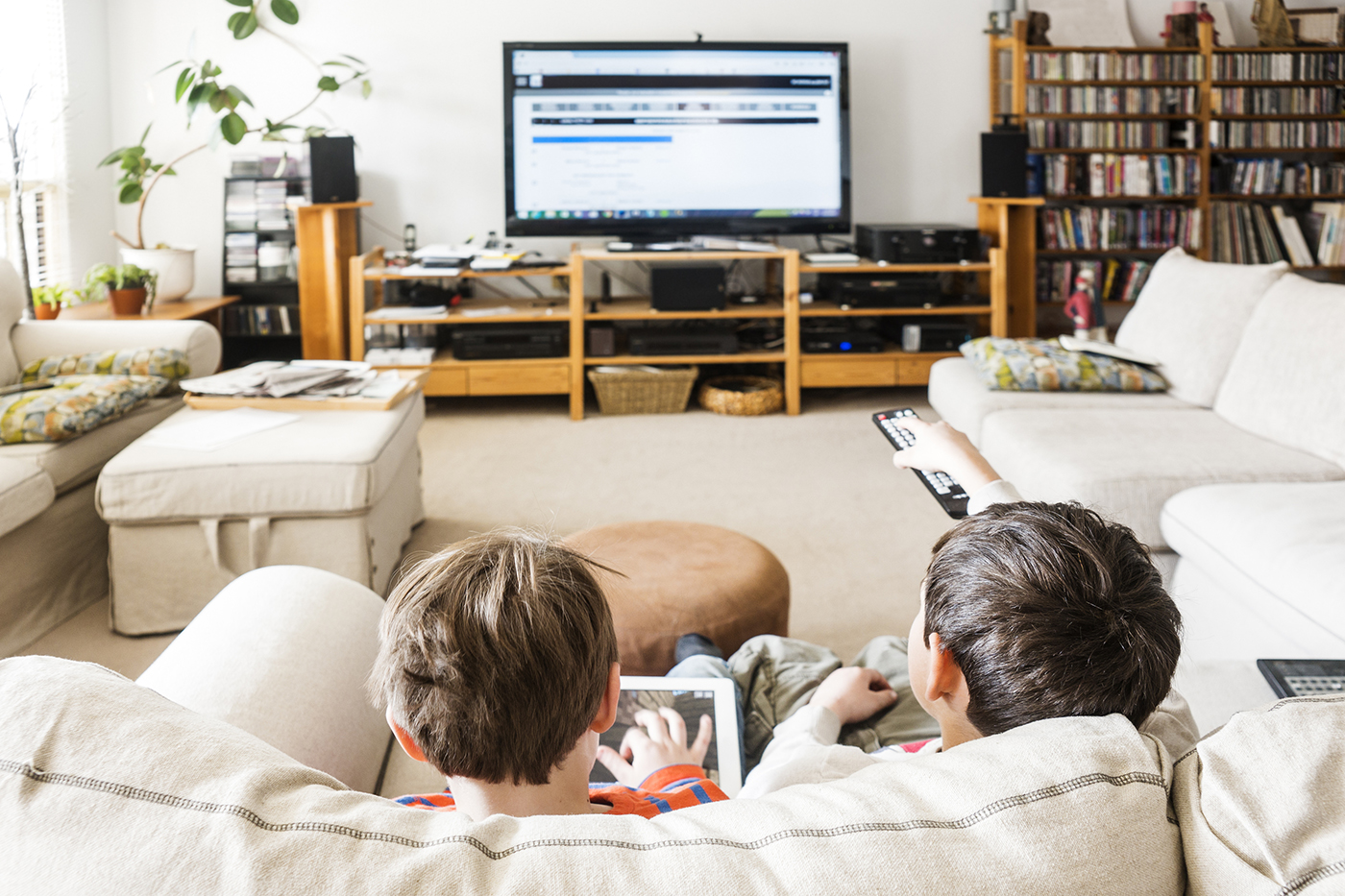
Satellite Internet vs. Cable Internet
The fundamentals of cable vs. satellite, and how they shape your home internet quality.

Satellite Internet vs. Cable Internet Service Comparison
Cable and satellite internet, two of the most widely available internet types in the US, serve millions of homes in cities and towns nationwide—one using a network of space-bound satellites, and the other a network of underground wires.
Whether your home address qualifies for cable internet service, rural satellite internet, or both, this brief guide can help you choose an internet package that hits your top priorities.
- Define cable internet vs. satellite internet
- Learn how cable vs. satellite technology works
- Consider the pros and cons of satellite internet vs. cable

Frequently Asked Questions about Satellite Internet
What is satellite internet?
Satellite internet is a wireless internet service that transfers information over a network of satellites in Earth’s orbit instead of a wired underground network (like cable and fiber) or cell towers (like mobile wireless).
How does cable internet work?
Satellite internet works by converting digital data into radio waves and bouncing those signals between your home satellite dish and your satellite internet provider’s network in Earth’s orbit, which converts it to electrical impulses and sends them into your Wi-Fi modem.
Is satellite internet good?
Satellite internet service has slightly more lag than other internet types, and you may need to watch your data use to keep your speeds up or your overage fees down. But as for the quality and speed of the service, satellite internet is an increasingly reliable high-speed internet option.
Just like other providers, satellite providers continually develop their technology and currently offer internet speeds as fast as 100 Mbps in select areas, with unlimited data, no overage fees, and bandwidth for multiple users.
Satellite internet is an especially good option for those living in rural areas because it brings modern speeds and functionality, such as Wi-Fi, to areas where dial-up and very slow DSL may be the only other options for internet access.

Frequently Asked Questions about Cable Internet
What is cable internet?
Cable internet is a home internet service that uses underground wired networks, made of both copper and fiberglass strands, to stream your Netflix shows and send your emails, photos, and videos to the right places.
How does cable internet work?
Cable TV and internet networks run from the provider’s central station to neighborhood “nodes,” and from these nodes to individual homes.
In cities and towns where cable is already available, technicians just extend a line from the node to your home to install service. Easy.
But to set up service in a new town, cable providers have to invest millions in building a new central station and laying the main line to key neighborhoods in the area. If the provider can’t make that money back in subscriptions, they won’t build there.
How to get cable internet in a rural area
If you live in a sparsely populated area, you may not be able to get cable internet service. To find out for sure, search online for “cable internet in [city, state]” and call the providers that come up in the results.
If you can’t get a cable connection—or just don’t feel like doing the search yourself—call DISH. As authorized partners of Viasat and Frontier internet, DISH specialists can search select internet offers in your area and place orders right on the same phone call.
Satellite Internet Latency
The trait that makes satellite internet so perfect for rural areas—its ability to easily broadcast a signal all over the globe—comes with a downside: more latency or lag than other internet types.
Satellite internet latency happens because the signal has to travel over 20,000 miles one-way on radio waves, rather than a few thousand miles on electrical impulses over a wire, to get your data to and from your house.
Don’t give up on satellite, though—its latency still measures under a second.

How Much Does Satellite Internet Cost?
Add satellite internet plans to satellite TV from DISH for a well-rounded plan that entertains and informs.
- Unlimited satellite internet plans start around $40/mo. for up to 12 Mbps
- Download speeds up to 100 Mbps can range up to $100/mo.
- Bundle for savings from both providers